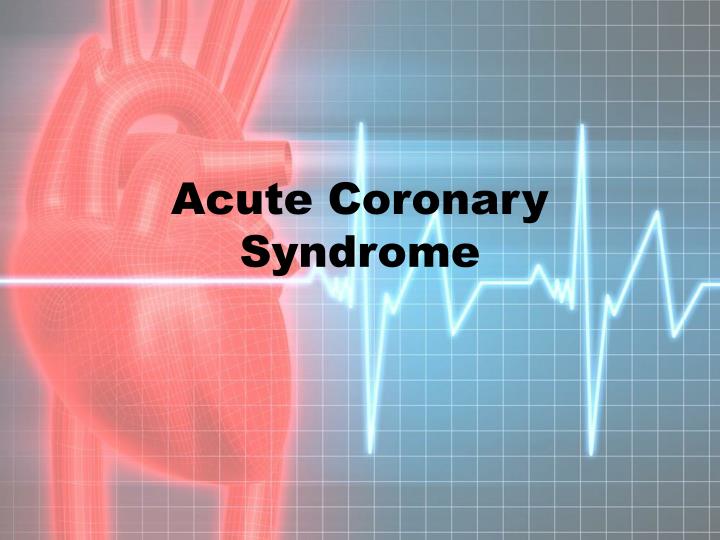- Home
- Editorial
- News
- Practice Guidelines
- Anesthesiology Guidelines
- Cancer Guidelines
- Cardiac Sciences Guidelines
- Critical Care Guidelines
- Dentistry Guidelines
- Dermatology Guidelines
- Diabetes and Endo Guidelines
- Diagnostics Guidelines
- ENT Guidelines
- Featured Practice Guidelines
- Gastroenterology Guidelines
- Geriatrics Guidelines
- Medicine Guidelines
- Nephrology Guidelines
- Neurosciences Guidelines
- Obs and Gynae Guidelines
- Ophthalmology Guidelines
- Orthopaedics Guidelines
- Paediatrics Guidelines
- Psychiatry Guidelines
- Pulmonology Guidelines
- Radiology Guidelines
- Surgery Guidelines
- Urology Guidelines
For angioplasty in heart attack radial route has less adverse effects : Lancet

Acute coronary syndrome (ACS) or heart attack patients undergoing invasive therapies with the radial access site had a fewer net adverse clinical events at 1 year than with femoral access site, but not result in the lower rates of major adverse cardiovascular events (MACE).
These are the findings from the MATRIX trial presented at the European Society of Cardiology and simultaneously published in The Lancet.
Patients with ST-elevation myocardial infarction or heart attack were simultaneously randomly assigned before coronary angiography to radial or femoral access and to bivalirudin, with or without post-percutaneous coronary intervention (PCI) infusion or unfractionated heparin (one-step inclusion).
Between Oct. 11, 2011, and Nov. 7, 2014, 8,404 patients were randomized to receive radial (4,197 patients) or femoral (4,207 patients) access. Of the 8,404 patients, 7,213 were included in the MATRIX antithrombin type study and were randomly assigned to bivalirudin (3,610 patients; bolus of 0.75 mg/kg, followed immediately by an infusion of 1.75 mg/kg/h until completion of PCI) or heparin (3,603 patients; 70-100 units/kg in patients not receiving glycoprotein IIb/IIIa inhibitors, and at 50–70 units/kg in patients receiving glycoprotein IIb/IIIa inhibitors).
Follow-up was done at 30 days and at 1 year. Co-primary outcomes for MATRIX access and MATRIX antithrombin type were MACE and net adverse clinical events. MACE was defined as the composite of all-cause mortality, myocardial infarction, or stroke up to 30 days, while and net adverse clinical events was defined as the composite of non-coronary artery bypass graft-related major bleeding, or MACE up to 30 days.
Also Read: Siblings of RA patients at increased risk of acute coronary syndrome
Key Findings:
- At 1 year, MACE did not differ between patients who u nderwent radial access versus those assigned to femoral access (14.2% vs 15,7%, rate ratio 0.89, 95% CI 0.80-1.00, P=0·0526).
- Net adverse clinical events were fewer with radial than with femoral access (15.2% vs 17.2%, RR 0.87, 95% CI 0.78-0.97, P=0·0128).
- Compared with heparin, bivalirudin (Angiomax) was not associated with fewer MACE (15.8% vs 16.8%, RR 0.94, 95% CI 0.83–1.05, P=0.28) or net adverse clinical events (17% vs 18.4%, RR 0.91, 95% CI 0.81–1.02, P=0.10).
- The composite of urgent target vessel revascularization, stent thrombosis, or net adverse clinical events did not differ with or without post-procedure bivalirudin infusion (17.4% vs 17.4%, RR 0.99, 95% CI 0.84-1.16, P=0·90).
"Radial access should become the default approach in heart or coronary syndrome patients undergoing invasive management," the authors wrote.
In an accompanying comment, Dominick Angiolillo, of the University of Florida College of Medicine-Jacksonville, noted that "MATRIX access is the largest trial comparing the radial versus femoral approach and is the first to my knowledge to report 1-year outcomes. The long-term benefit for net adverse clinical events, driven by a reduction in major bleeding and cardiovascular mortality, ought to change practice so that radial access should be the default approach in invasively managed patients with the acute coronary syndrome."
Angiolillo also pointed out that "MATRIX antithrombin did not show the superiority of bivalirudin versus unfractionated heparin with or without glycoprotein IIb/IIIa inhibitor on the composite of ischemic and bleeding endpoints combined, irrespective of vascular access."
"Although it could be argued that these results still leave the controversy on the optimal antithrombotic regimen to use during percutaneous coronary intervention unresolved, the MATRIX results are among the best available data and are informative," he added. "In fact, although the trial was not powered for secondary endpoints, and thus so-called positive findings should be considered only nominally significant, the reduction in bleeding and mortality confirmed at 1 year cannot be ignored given the established link between these outcomes."
He stated that bivalirudin "remains an acceptable treatment for patients with acute coronary syndrome undergoing percutaneous coronary intervention and a very reasonable option in high-bleeding-risk settings, where it might complement the benefits of radial access."
For further reference log on to https://doi.org/10.1016/S0140-6736(18)31714-8

Disclaimer: This site is primarily intended for healthcare professionals. Any content/information on this website does not replace the advice of medical and/or health professionals and should not be construed as medical/diagnostic advice/endorsement or prescription. Use of this site is subject to our terms of use, privacy policy, advertisement policy. © 2020 Minerva Medical Treatment Pvt Ltd